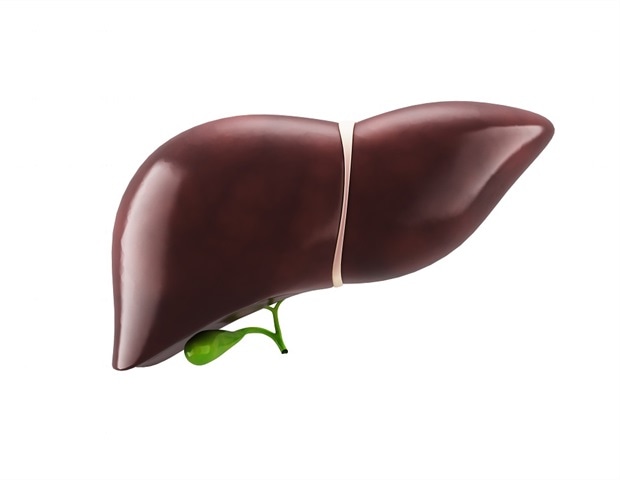In a novel study currently in press at the journal SSM – Qualitative Research and Health, a group of adult and teenage researchers in Canada conducted focus group discussions with teenagers to learn about their experiences navigating vaping (e-cigarette use) in their day-to-day lives. Their findings indicate worrying trends in the availability of vaping devices but point toward heartening avenues for progress.
 Teens talk vaping: A co-produced participatory study exploring teens’ reflections on vaping experiences and exposures in their everyday environments. Image Credit: Chawanwit Photo / Shutterstock
Teens talk vaping: A co-produced participatory study exploring teens’ reflections on vaping experiences and exposures in their everyday environments. Image Credit: Chawanwit Photo / Shutterstock
Emerging research paints a disturbing picture
E-cigarette use has risen sharply around the world. In Canada, where vapes were legalized in 2018, teenage vaping is rampant even though the devices cannot legally be sold to minors. Other measures, such as limiting advertising in public places and points of sale, have also failed. Vaping rates have risen by nearly 120% between 2017 and 2021, and 30% of teenagers report that they have tried vaping. Teenagers are more likely than adults to vape, but little is known about their experiences and how they experience this pervasive issue.
With emerging evidence that e-cigarette use can have adverse effects on the cardiovascular system and affect impulse control, concentration, and memory, reducing vaping rates among adolescents and teenagers is an important health issue. Teenagers who vape are at risk of becoming dependent on nicotine and other addictive substances; they may also move from e-cigarettes to cigarettes in the future. Many young people believe that vaping devices are less harmful than cigarettes, even though at least 20 cases of lung illnesses associated with vaping have been documented in Canadian hospitals.
Building effective interventions through lived experiences
Tobacco and substance use cessation campaigns that target youth have a long history of failure. To be effective and have a meaningful impact, public health interventions should be centered around the lives and experiences of the people whom they are addressing. In the present study, the principal investigators took the unconventional step of recruiting teenagers as co-researchers to generate qualitative evidence of how teenagers (both those who vape and those who do not) are exposed to vaping in various social and environmental settings.
The project was undertaken through the Human Environments Analysis Laboratory Youth Advisory Council (HEALYAC) housed at the Western University in Ontario, Canada. This initiative was created to respond to priorities identified by young people as important to them; members of HEALYAC brought up vaping as an issue affecting their health. Seven HEALYAC members between 17 and 18 years old were brought on as co-researchers of the Teens Talk Vaping project; they were also co-authors of the publication.
Adult investigators trained the student co-researchers on qualitative research methods and ethics. The co-researchers then conducted focus group discussions (FGD) with high school students between 13 and 19 years old who were residing in Canada. All FGD participants had previously taken part in an e-survey and indicated they were interested in being part of an online focus group. In total, 17 participants took part in seven focus groups, of whom seven identified as male and the remaining 10 identified as female. Only three of the participants had ever vaped. Their responses were analyzed using qualitative techniques, and themes were identified.
Washrooms as a source of exposure to vaping
Many students spoke about how they were exposed to e-cigarette use in school, even though they did not vape themselves. They discussed how the washrooms were full of ‘lemon and cotton candy fog.’ Some were concerned about the health effects of being exposed to passive vapor. Others felt that teachers might think they were vaping, even though they were not.
Students felt that they were ‘out of place’ if they did not participate in the practice, and some avoided entering the washrooms when vapers were present. In two FGDs, students spoke of how teachers had removed the doors to the boys’ washroom to discourage vaping, invading their privacy. This did not reduce the practice, as students found other places to vape; in fact, some adopted ‘stealth’ techniques that enabled them to vape in class without releasing vapor.
Peer pressure and easy access
Participants in the FGDs felt that vaping-based content was ‘unavoidable’ on social media. These included both formal advertisements and promoted posts, as well as personal posts and stories in which teenagers shared their experiences with friends as followers. Influencers posted videos of them doing vaping ‘tricks’ hoping to go viral, thus encouraging the normalization of these practices. Students also discussed how people they followed had tried to sell them vaping products second-hand.
One student who vaped during the study shared that he tried it for the first time because his friends were doing it. He was concerned that his peers would judge him negatively if he did not participate. Older students often inculcated younger students into the practice, and students who could perform more ‘tricks’ were admired. For teenagers who vaped, the practice had become indistinguishable from socializing with friends. Beyond social media, students found vapes easy to access. They could pay their older siblings to purchase them or buy them from an older student.
Targeting students for vaping prevention
While the pandemic reduced access to vapes for some, others increased their consumption to cope with stress, anxiety, and isolation. School-based prevention efforts failed; one reason that the students identified was that they were outdated. Students hoped for evidence-based data to support their decision to abstain from vaping, particularly regarding long-term consequences.
To be effective, future education efforts must be ‘actively adapted, tailored, and responsive to the rapidly evolving youth vaping landscape.’ Perhaps the study’s most important finding, however, was that teenagers do want to talk about these issues. It is time for the adults to listen.
Journal reference:
- Teens talk vaping: A co-produced participatory study exploring teens’ reflections on vaping experiences and exposures in their everyday environments. Coen, S.E., Ferguson, K.N., Burke, S.M., Cruz, T.E.D., Girum, L., Bueno, G.I.G., Haines-Saah, R., Iwas, T., Kandlakuti, B., Manji, A., Megarajah, P., Canales, R.S., Spencer, T., Tobin, D., Gilliland, J.A. SSM – Qualitative Research in Health (2023). https://doi.org/10.1016/j.ssmqr.2023.100367, https://www.sciencedirect.com/science/article/pii/S2667321523001518

 PARENTING TIPS
PARENTING TIPS PREGNANCY
PREGNANCY BABY CARE
BABY CARE TODDLERS
TODDLERS TEENS
TEENS HEALTH CARE
HEALTH CARE ACTIVITIES & CRAFTS
ACTIVITIES & CRAFTS

